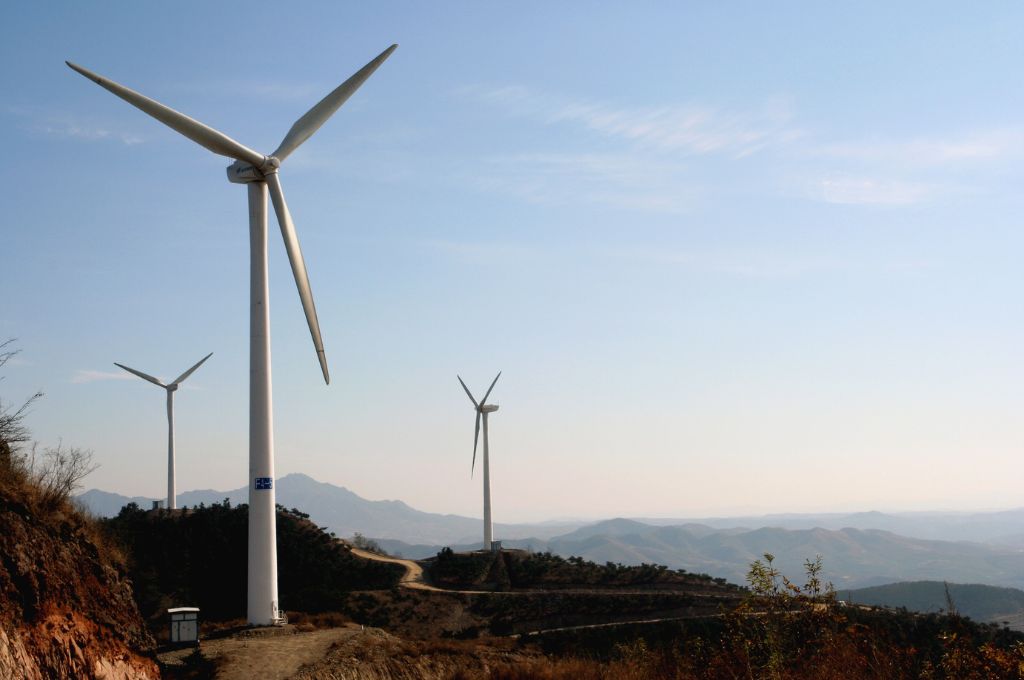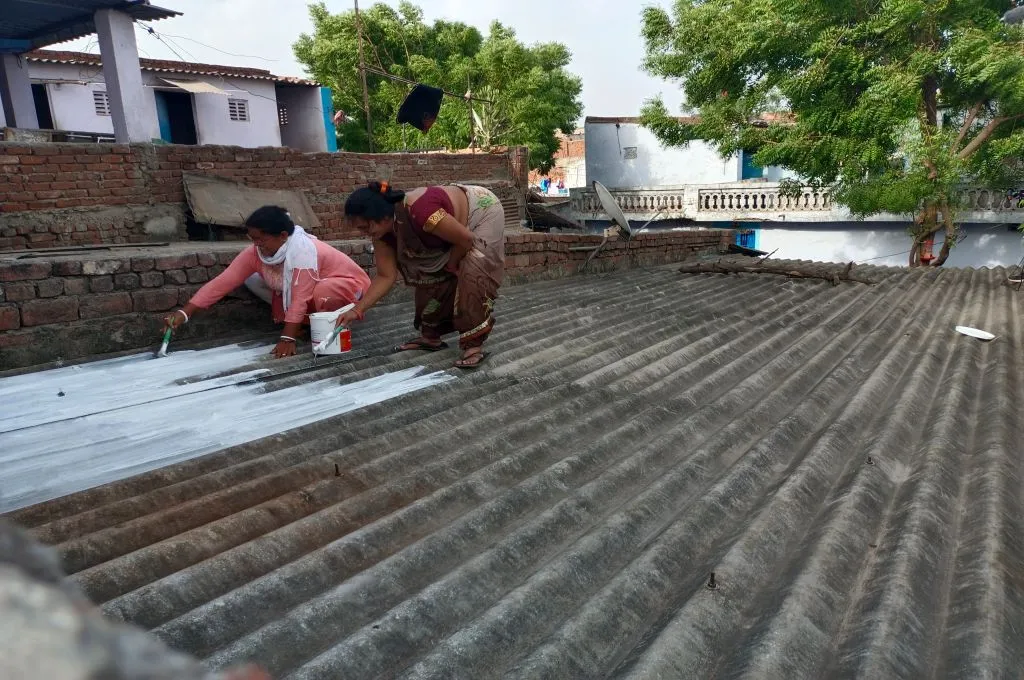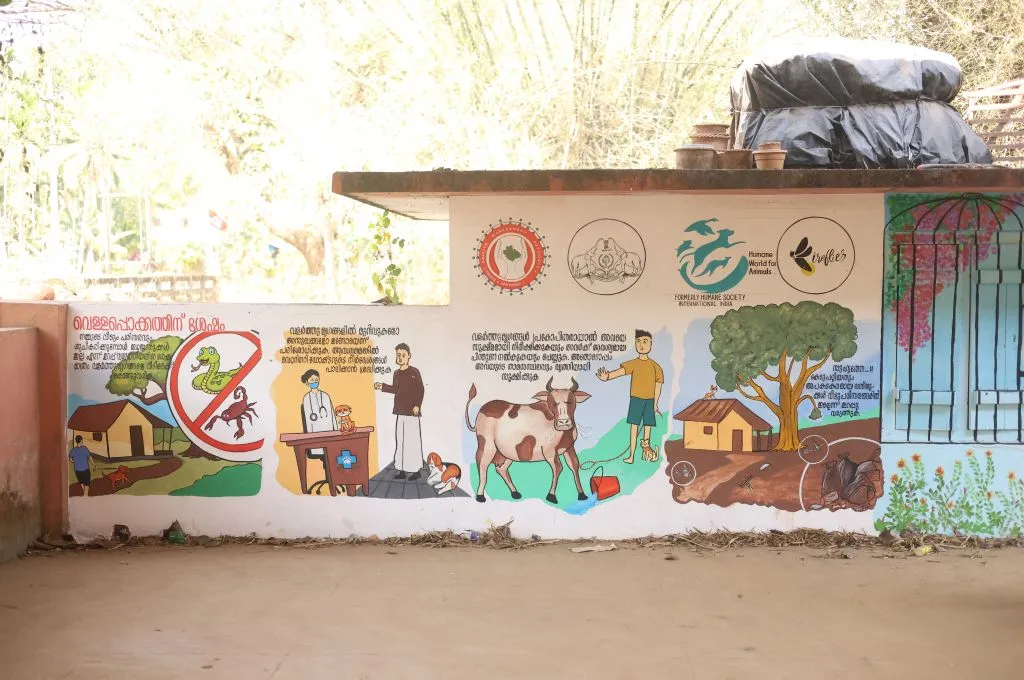Union Minister of Finance Nirmala Sitharaman reiterated ‘green’ 23 times and ‘sustainable’ nine times in her budget speech on February 1. She pegged ‘green growth’ as one among four opportunities that can be transformative during Amrit Kaal, the term first used by Prime Minister of India in 2021, referring to the next 25 years in India’s growth. The expenditure budget increased by 33% in capital to Rs. 10 lakh crores (Rs. 10 trillion).
As this was the last full-fledged budget of the incumbent government’s current tenure, budget observers had expected that the government would cater to multiple demographic segments with many populist measures and this was clear in the finance minister reaching out to women, youth and tribal artisans in her speech. Additionally, with India assuming presidency of the G20, the focus on the green sector was expected as it aligns with the priorities of G20.
India positioning itself as a responsible nation when it comes to dealing with climate change, is visible in the budget, said Navroz K. Dubash, a professor at the Centre for Policy Research (CPR), a leading public policy think tank. However, he termed it a “stay-the-course” budget rather than a “transformation-inducing” budget, explaining that there is nothing in this budget that pushes the growth of renewable energy or increases the consumption of renewable energy in rural areas.

Several experts lauded the government for its focus on the environment. Chandra Bhushan, the CEO of iForest, a Delhi-based, non-profit environmental research organisation, said that for the first time, green growth is enunciated as a pillar of development and jobs in the country. He termed it a dream budget for the green energy sector, which will provide a new impetus for energy transition in India.
Putting across a different view, Vibhuti Garg, Director, Institute for Energy Economics and Financial Analysis (IEEFA), South Asia, said that this is not the budget, at least for clean energy. “Green growth was given a lot of emphasis and schemes were announced for biogas or developing forests. But nothing as such came out of renewable energy apart from that viability gap funding of 4 GW of battery storage.”
Shades of green
One of the major announcements the finance minister made was a capital investment of Rs. 35,000 crores (Rs. 350 billion) towards energy transition. The funds, though, would go to the Ministry of Petroleum and Natural Gas (MoPNG). Of this, Rs 30,000 crores (Rs. 300 billion) will go to oil-marketing companies (OMCs), and the remaining Rs. 5,000 crores (Rs. 50 billion), will be spent on strategic petroleum reserves, confirms the budget document.

The announcement surprised several experts that Mongabay-India spoke to. Garg from IEEFA said, “I am confused about how it is classified as money for energy transition and net zero. Do they mean that gas (petroleum) will help India’s transition to clean energy?”
Dubash from CPR said that it remains to be seen how this money will be used – whether to push OMCs in the green direction or for more gas exploration. In the current scenario, he said he wonders if India is betting on enhanced gas usage as a bridge fuel for a renewable energy future.

“While controlling energy prices and ensuring energy security is critical, India must ensure that financial support is directed towards low carbon technologies,” cautions Balasubramanian Viswanathan, Policy Advisor, International Institute for Sustainable Development (IISD).
The minister’s other big announcements related to the environment were the viability funding gap for battery energy storage system, inter-state transmission system for evacuation and grid integration of renewable energy from Ladakh, a green credit programme, a scheme to promote alternative fertilisers, 500 new ‘waste-to-wealth’ plants, and Rs. 19,700 crores (Rs. 197 billion) for the National Green Hydrogen Mission.
The union minister also announced the extension of customs duty exemption on the import of capital goods and equipment needed to produce lithium-ion cells for use in electric vehicle batteries. Appreciating this move, Parveen Kumar, a senior program manager of Electric Mobility, WRI India, says that lithium-ion batteries (LIBs) are a critical component of Electric Vehicles (EVs) and are emerging as a preferred Battery Energy Storage Systems (BESS) for large-scale penetration of renewable energy (solar and wind). The major challenges for LIBs include high upfront costs and import dependence for LIB cells and packs.
However, there were more expectations from the budget, that are critical to developing the green sector, which did not get attention.
The budget does not say anything concrete about air pollution, a major environmental issue in India.
Among them was relaxation of duty on electrolyser, an important component for manufacturing green hydrogen. In the recently-published blueprint of the National Green Hydrogen Mission, the union government stated that it is critical to develop India’s electrolyser manufacturing ecosystem to boost the green hydrogen sector. Experts were hoping that the budget would offer some concessions on duty. Garg highlighted that renewable prices (cost of solar panels and cells) have increased and the industry had hoped the government would continue the relaxation in imports till manufacturing picked up, but it did not happen. In April 2022, the government had imposed custom duty of 40% on imported solar modules, claiming that it will help push domestic manufacturing, but it has led to a delay in several projects.
Dubash also pointed out that the budget focuses on ongoing schemes but does not push for increasing demands. “This is why I call it a stay-the-course budget rather than a transformation-inducing budget,” he says, adding that it has missed out on the rooftop solar programme.
The budget does not say anything concrete about air pollution, a major environmental issue in India. In fact, budget support for one of the most successful schemes of this government, the Pradhan Mantri Ujjwala Yojna (PMUY), which distributes LPG to shift away from polluting sources of fuel for cooking, has gone down, underlines Dubash.
Covering new areas
The finance minister announced a Green Credit Programme to incentivise environmentally sustainable and responsive actions by companies, individuals, and local bodies. While the intention is to bring about behavioural change, experts say there is a lack of direction on how this scheme will be implemented.
The budget also talked about biodiversity conservation including conserving wetlands, mangrove plantation and natural farming.
The government also aims to facilitate one crore (10 million) farmers to adopt natural farming.
The union minister said that the government would promote wetland conservation with the help of local communities through Amrit Dharohar, a scheme to protect vital wetlands through optimal use for sustaining aquatic biodiversity. Similarly, she announced a new scheme named Mangrove Initiative for Shoreline Habitats & Tangible Incomes (MISHTI), for mangrove plantation along the coastline and on salt pans.
The government also aims to facilitate one crore (10 million) farmers to adopt natural farming. For this, the minister said the government would set up 10,000 Bio-Input Resource Centres and create a national-level distributed micro-fertiliser and pesticide manufacturing network.
Along with this, she announced a scheme named PM PRANAM (Programme for Restoration, Awareness, Nourishment, and Amelioration of Mother Earth) which will incentivise states and Union Territories to promote alternative fertilisers and balanced use of chemical fertilisers.
The schemes announced in the budget, such as the PM-PRANAM, MISHTI, and Amrit Dharohar, can contribute to resilience-building of agriculture, coastal and wetland ecosystems, and the communities dependent on them, said Indu K. Murthy, the Sector Head of Climate, Environment, and Sustainability at the Centre for Study of Science, Technology, and Policy (CSTEP). “Behavioural change is key to climate action, and incentivisation through the Green Credit Programme is commendable.”
Sustainable cities
The government gave a special push to urban infrastructure in its budget speech. This comes nine years after a similar focus in the 2014 budget when the present government came into power. The then finance minister, the late Arun Jaitley, had, at that time, announced the Shyama Prasad Mukherji Rurban Mission to make rural areas socially, economically and physically sustainable.
In a push for making Indian cities sustainable, the finance minister, in yesterday’s budget speech, said, “This means efficient use of land resources, adequate resources for urban infrastructure, transit-oriented development, enhanced availability and affordability of urban land, and opportunities for all.” She talked about reform of property tax governance, user charges on urban infrastructure, and incentives for cities to improve their creditworthiness for municipal bonds.
She further said that all cities and towns would be enabled for 100% mechanical desludging of septic tanks and sewers to transition from manhole to machine-hole mode.
She added that government would establish Urban Infrastructure Development Fund (UIDF). Madhav Pai, Interim CEO of WRI India, says that The Urban Infrastructure Fund is a welcome move with the potential to contribute toward building resilience in Indian cities.
This article was originally published on Mongabay.




